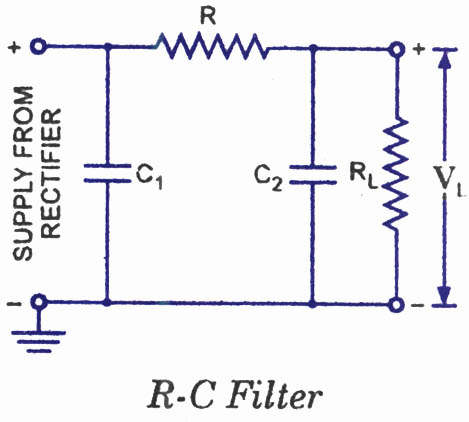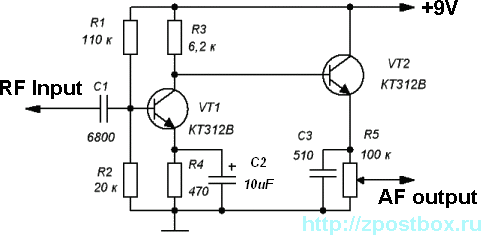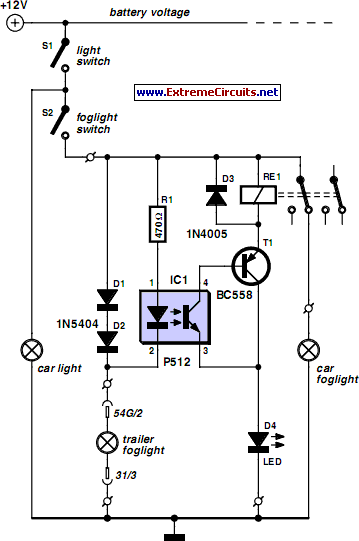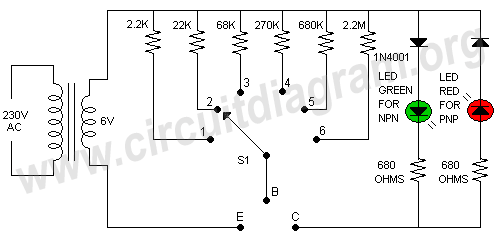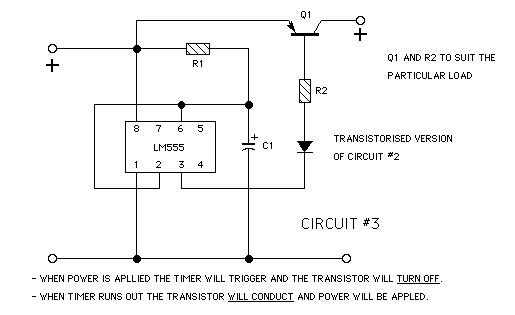
43 dB antenna amplifier circuit diagram
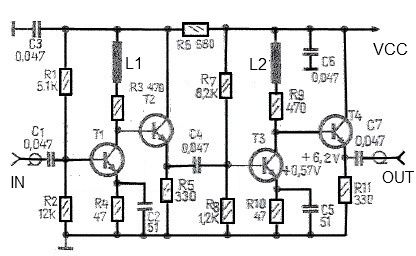
This antenna amplifier is effective for the frequency range of 35 kHz to 150 MHz. The circuit utilizes transistors and features a low 3 dB non-linearity along with a high gain of 43 dB. The input and output impedance of this RF amplifier is 75 ohms. All transistors used in the design are of the same type, which can include BF183, BF200, or other similar variants. The total power consumption of this RF amplifier is minimal, requiring only 20 mA.
The antenna amplifier circuit is designed to enhance signal strength within the specified frequency range, making it suitable for various applications such as broadcasting, telecommunications, and amateur radio. The choice of transistors, such as BF183 or BF200, is critical as they provide the necessary gain and bandwidth characteristics required for efficient operation.
The circuit typically consists of a common-source or common-emitter configuration, depending on the design preference. This configuration allows for significant voltage gain while maintaining low distortion levels, as indicated by the low 3 dB non-linearity. The amplifier's input and output impedance of 75 ohms is standard for RF applications, ensuring compatibility with typical antenna systems and transmission lines.
Power supply considerations are also essential in the design of this amplifier. The low current requirement of 20 mA allows for the use of compact power supplies, which can be beneficial in portable or battery-operated applications. Additionally, proper bypass and coupling capacitors should be implemented to ensure stability and prevent oscillations, which can degrade performance.
Overall, this antenna amplifier circuit is a robust solution for enhancing RF signals across a wide frequency range while maintaining efficiency and low power consumption.This antenna amplifier is very useful for 35kHz-150Mhz frequency band. This antenna amplifier circuit is based on transistors and has a low 3dB non-linearity and a high gain of 43 dB. The input and output impedance for this rf amplifier is 75 ohms. All used transistors are of the same type and can be BF183, BF200 or other similar type. The tot al consumption of this rf amplifier is very low, the circuit will need only 20 mA. 🔗 External reference
The antenna amplifier circuit is designed to enhance signal strength within the specified frequency range, making it suitable for various applications such as broadcasting, telecommunications, and amateur radio. The choice of transistors, such as BF183 or BF200, is critical as they provide the necessary gain and bandwidth characteristics required for efficient operation.
The circuit typically consists of a common-source or common-emitter configuration, depending on the design preference. This configuration allows for significant voltage gain while maintaining low distortion levels, as indicated by the low 3 dB non-linearity. The amplifier's input and output impedance of 75 ohms is standard for RF applications, ensuring compatibility with typical antenna systems and transmission lines.
Power supply considerations are also essential in the design of this amplifier. The low current requirement of 20 mA allows for the use of compact power supplies, which can be beneficial in portable or battery-operated applications. Additionally, proper bypass and coupling capacitors should be implemented to ensure stability and prevent oscillations, which can degrade performance.
Overall, this antenna amplifier circuit is a robust solution for enhancing RF signals across a wide frequency range while maintaining efficiency and low power consumption.This antenna amplifier is very useful for 35kHz-150Mhz frequency band. This antenna amplifier circuit is based on transistors and has a low 3dB non-linearity and a high gain of 43 dB. The input and output impedance for this rf amplifier is 75 ohms. All used transistors are of the same type and can be BF183, BF200 or other similar type. The tot al consumption of this rf amplifier is very low, the circuit will need only 20 mA. 🔗 External reference
Warning: include(partials/cookie-banner.php): Failed to open stream: Permission denied in /var/www/html/nextgr/view-circuit.php on line 713
Warning: include(): Failed opening 'partials/cookie-banner.php' for inclusion (include_path='.:/usr/share/php') in /var/www/html/nextgr/view-circuit.php on line 713
